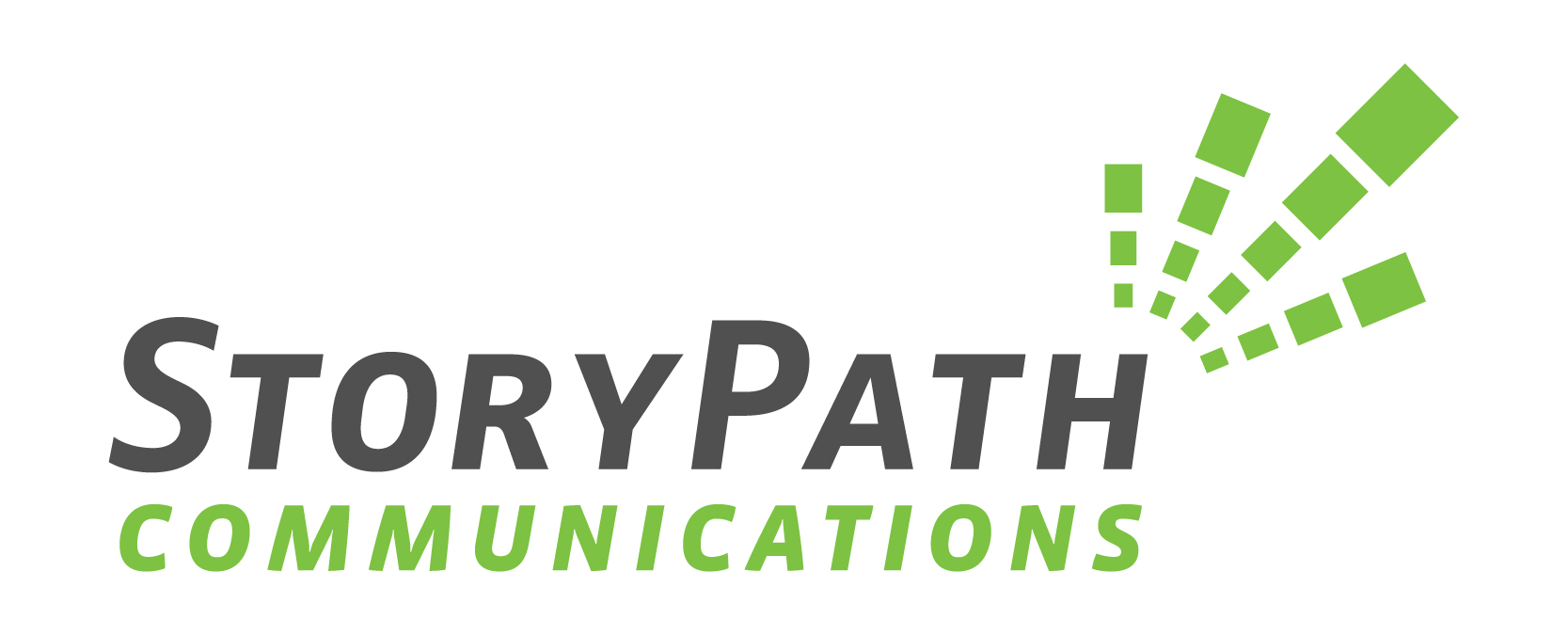Accessibility is an important but often overlooked aspect of marketing. What exactly is accessibility in marketing? Accessibility is the process of making your marketing tools and technologies accessible to everyone, including those with disabilities such as impaired vision, hearing loss, speech disabilities, and neurological or cognitive limitations.
When you’re creating your marketing strategy, the goal is to reach your customers — all of your customers. This means taking into consideration the full range of your audience and strategizing a plan that will give them easy access to your business.
The World Health Organization estimates that 15% of the global population has a disability. Data from the American Research Institute indicates that 80% of people with a disability have taken their business elsewhere because of a lack of accessibility, which could be a physical lack of accessibility or a digital lack of accessibility.
Let’s look at some ways to improve accessibility in your marketing so that all of your audience feels seen and heard.
Add captions to video content
This includes videos on YouTube and Facebook, as well as any video or reel content you post to Instagram, Facebook, or TikTok.Captions allow those with impaired hearing to follow your content easily, and there’s an added bonus for people who scroll without volume being able to engage with your content as well.
Include short image descriptions for photos on social media
Image descriptions help those who are visually impaired and make sure people can understand your content even if the image doesn’t load for some reason. Your image descriptions can be fairly short — describe the basics of the photo and include any text that appears in the image. This makes sure anyone reading your post has the added context of the image, even if they cannot see it.
Use the Web Content Accessibility Guidelines
This tool gives you a blueprint for how to make your website/content accessible to ALL of your audience. The guidelines cover things like color contrast, font size, and other factors that impact whether everyone can view your content. For example, certain color backgrounds paired with specific colored text make your content easier to read for people with a visual impairment. Font size and font style can impact readability as well
Pay attention to language and images
Language matters, and it changes over time. Do some reading about inclusive language and strive to use it in your marketing. For example, instead of saying “deaf individuals” in your content, say “persons with hearing loss.” It’s important to understand the community you’re trying to reach and ensure you’re using language that resonates with that community. Be sure to choose images that represent the full scope of your diverse audience as well.
Being intentional about accessibility in marketing can help ensure your entire audience can engage with your content and with your business. It shows you care and improves the overall customer experience.

